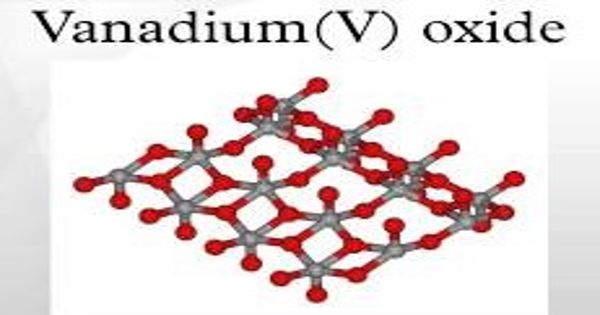Cobalt(II) carbonate is the inorganic compound with the formula CoCO3. Typically appears as a pink or red powder. This pink paramagnetic solid is an intermediate in the hydrometallurgical purification of cobalt from its ores. It is generally insoluble in water, but can dissolve in acidic solutions. It is an inorganic pigment, and a precursor to catalysts.
Cobalt(II) carbonate also occurs as the rare red/pink mineral spherocobaltite. It is used as a pigment in ceramics and glass, providing vibrant blue and green colors. It can serve as a catalyst in various chemical reactions
Properties
It is relatively insoluble in water but can dissolve in acids, producing cobalt(II) ions. It decomposes upon heating to form cobalt(II) oxide (CoO) and carbon dioxide (CO₂). It can react with acids to produce cobalt salts and carbon dioxide.
- Chemical formula: CoCO3
- Molar mass: 118.941 g/mol
- Appearance: pink solid
- Density: 4.13 g/cm3
- Melting point: 427 °C (801 °F; 700 K), decomposes before melting to cobalt(II) oxide (anhydrous), 140 °C (284 °F; 413 K) decomposes (hexahydrate)
- Solubility in water: 0.000142 g/100 mL (20 °C)
- Solubility product (Ksp): 1.0·10−10
- Solubility: soluble in acid negligible in alcohol, methyl acetate insoluble in ethanol
Preparation and structure
It is prepared by combining solutions cobaltous sulfate and sodium bicarbonate:
CoSO4 + 2 NaHCO3 → CoCO3 + Na2SO4 + H2O + CO2
This reaction is used in the precipitation of cobalt from an extract of its roasted ores.
CoCO3 adopts a structure like calcite, consisting of cobalt in an octahedral coordination geometry.
Occurrences
Cobalt(II) carbonate can be found in nature as a mineral called “sconbergite,” though it’s not very common.
Industrial Production
It is produced through the reaction of cobalt salts with sodium carbonate or by carbonation of cobalt oxide.
Uses
Cobalt carbonate is a precursor to cobalt carbonyl and various cobalt salts. It is a component of dietary supplements since cobalt is an essential element. It is a precursor to blue pottery glazes, famously in the case of Delftware.
Safety
Cobalt compounds can be hazardous if inhaled or ingested, so proper safety precautions should be taken when handling them. Proper handling and safety measures should be observed when working with cobalt(II) carbonate.
















